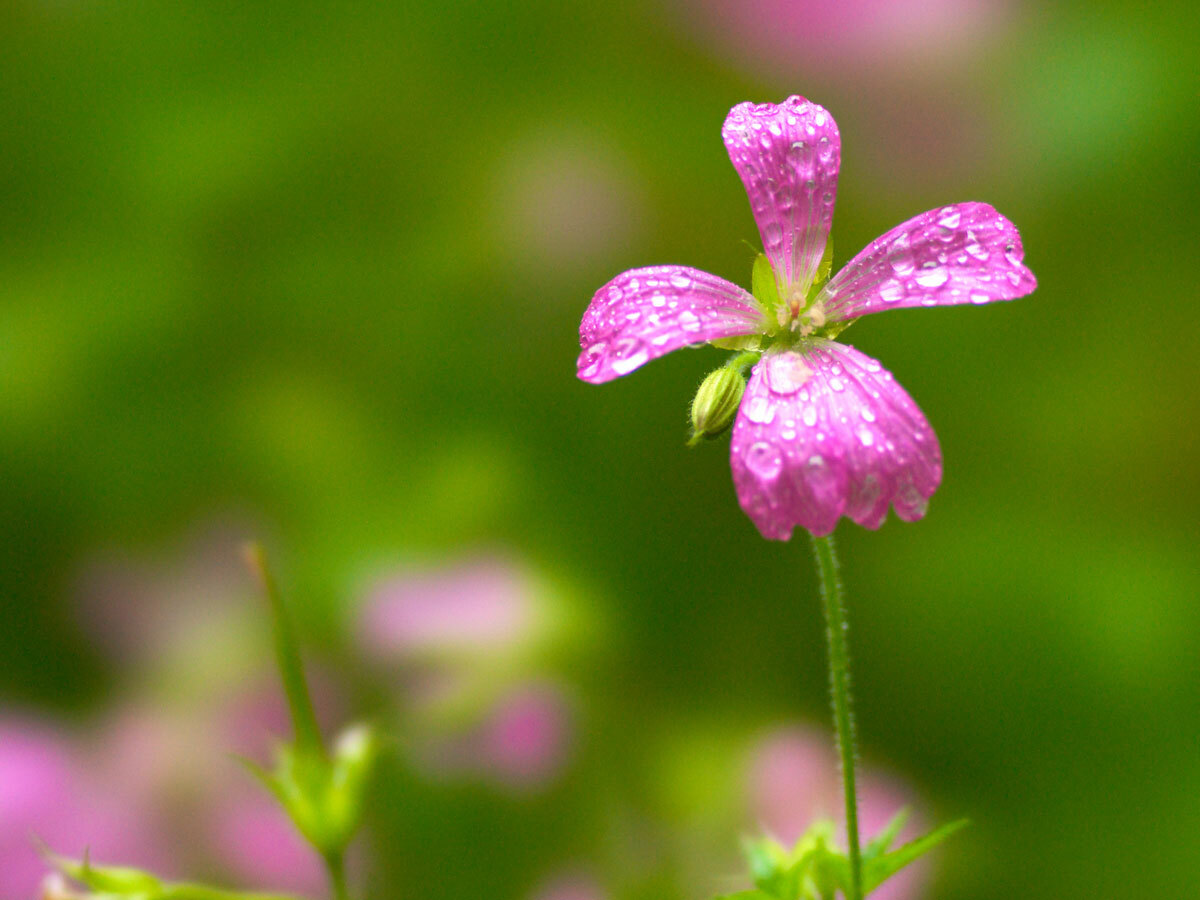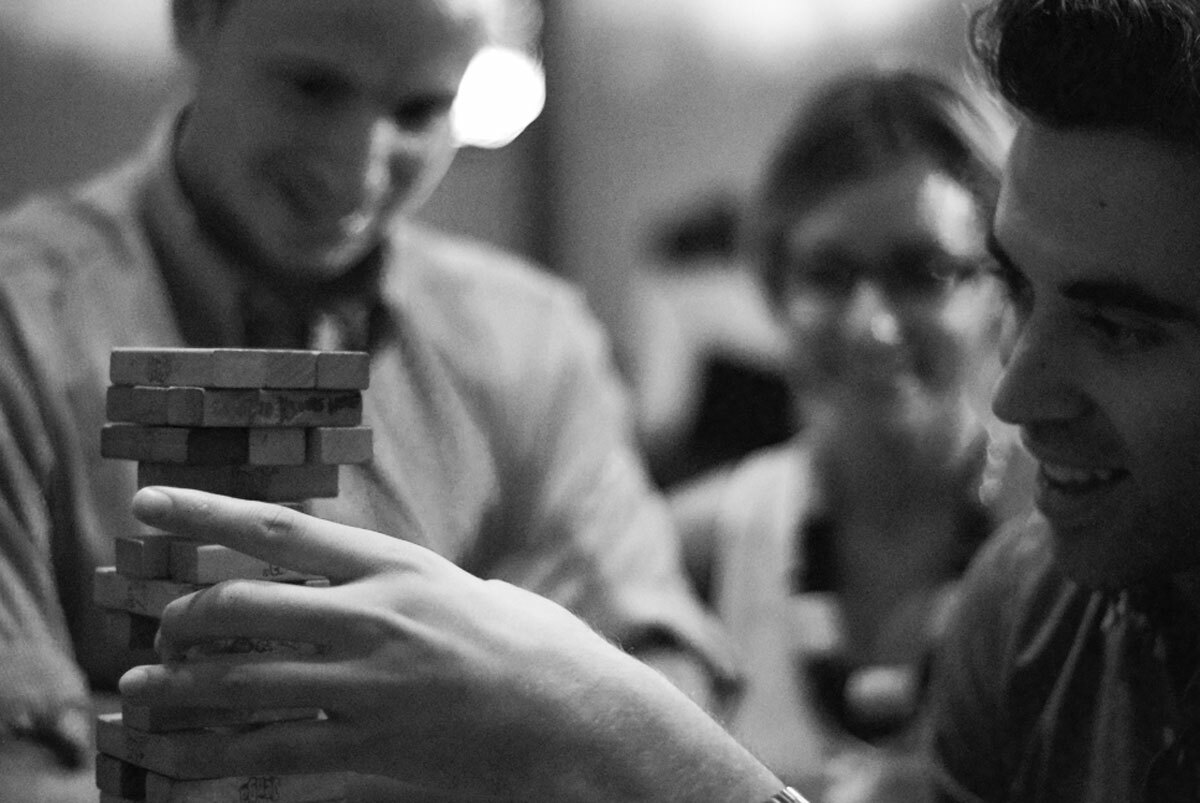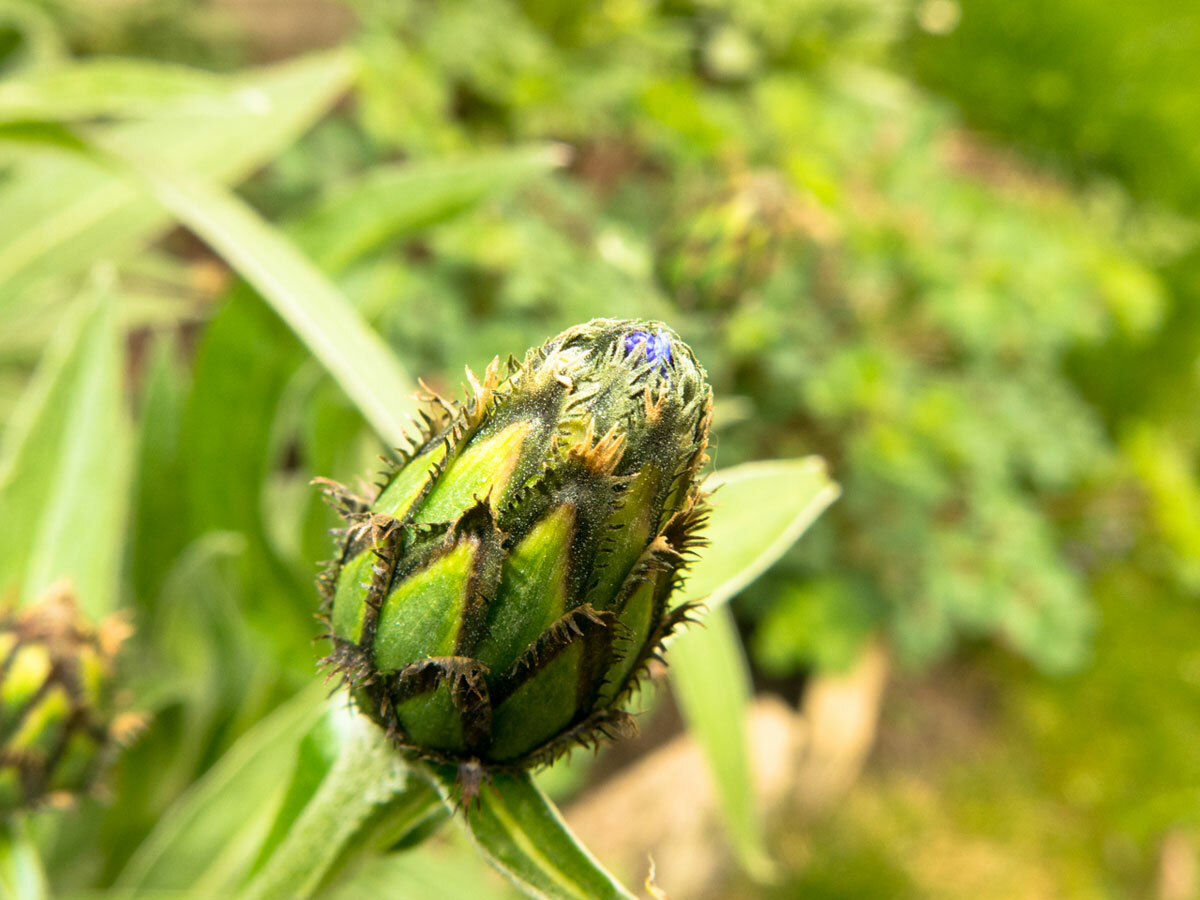Stuff’s Guide to Photography: What is bokeh – and how do I get it?
Add atmosphere to your photos by becoming a master of beautifully blurred backgrounds

So, “bokeh”: a Japanese word that has no English equivalent, but once explained a very simple concept for any camera-wielder to grasp. How simple? Well, this five-step guide will clue you in on all the blurry basics.
What is bokeh?

Put simply, it’s the way in which a camera’s lens renders out-of-focus points of light. So those attractively blurry backgrounds (and/or foregrounds) you see in shots with a short depth of field? That’s bokeh.
Glossary
Aperture
In photography, an aperture is the hole in a lens through which light passes. The width and shape of this hole determines the angle at which rays of light hit the image sensor. Wide apertures – represented by low F-stop numbers on your camera – mean faster shutter speeds (they let in more light in a shorter space of time) and, in general, a narrow depth of field. Small apertures mean a wider depth of field and longer shutter speeds.
Depth of field
The distance between the nearest and farthest objects in a scene that are in focus. A narrow DOF (sometimes called “shallow focus”) will result in lots of bokeh, while a wide DOF (“deep focus”) will mean everything in the scene appears sharp and in focus. Various factors determine DOF including: sensor/film size; lens aperture; and distance from the camera to the objects in the scene.
There is both “good” and “bad” bokeh

Each lens’ characteristics – namely lens aberration and the shape of its aperture – determine the sort of bokeh it creates. Curved aperture blades, for instance, help create bokeh that looks more circular and, to most eyes, more pleasing – there are even lenses like Sony’s STF 135mm F2.8 and Nikon’s 105mm DC-Nikkor that are designed specifically to produce beautiful buttery smooth bokeh. Using a lens with fewer or straighter aperture blades can result in bokeh that’s more angular and “ugly”.
Image credit: Jerome Marot
The wider the aperture, the more likely you are to get bokeh

Bokeh occurs when portions of the image are in front of or behind the in-focus area, and the easiest way to achieve this narrow depth of field is to use a lens with a wide aperture: F1.8, F2.0, F2.8 etc. Alternatively, you can use a longer, lower aperture lens – let’s say an 18-55mm kit zoom set at 55mm and F5.6 – and ensure the distance between subject and background is extensive.
Compacts and smartphones can achieve bokeh – but it’s tough

Because of their tiny apertures, it’s difficult to get bokeh in shots taken with point-and-shoot and smartphone cameras. The only way to achieve “real” bokeh with most is to take a macro (i.e. a shot of something very close to the lens), which will likely result in a blurry background and sharp, in-focus subject.
Image credit: Intensivtäteraggressor
There are some software tricks, however…

Many small cameras can use technical trickery to create fake bokeh. Android 4.4 KitKat’s camera, for instance, uses a clever algorithm to simulate bokeh, but requires that everything in the frame remains still for a few seconds. Most of these techniques can’t match the effect of real bokeh, but can deliver decent results in a pinch.


